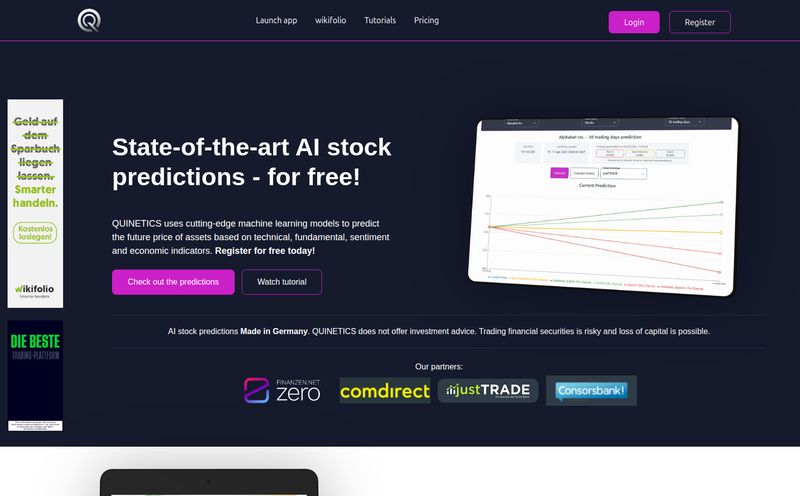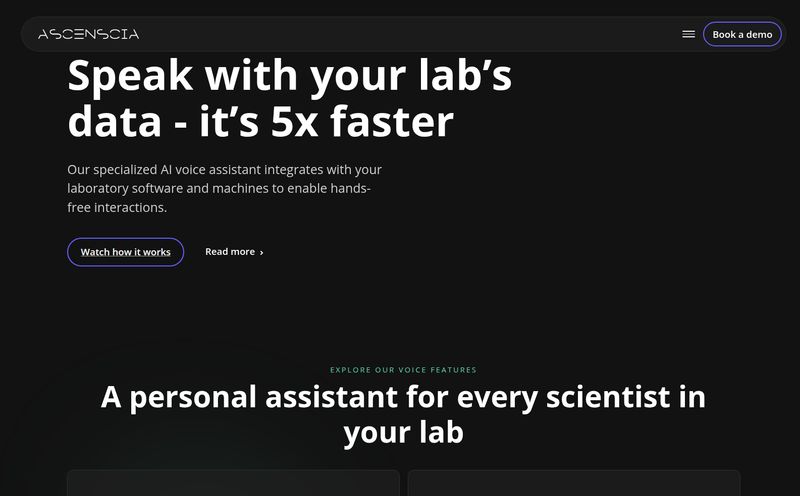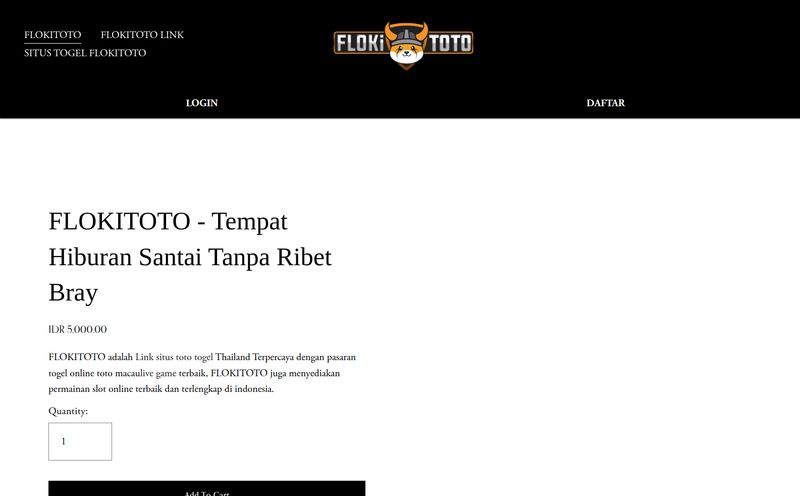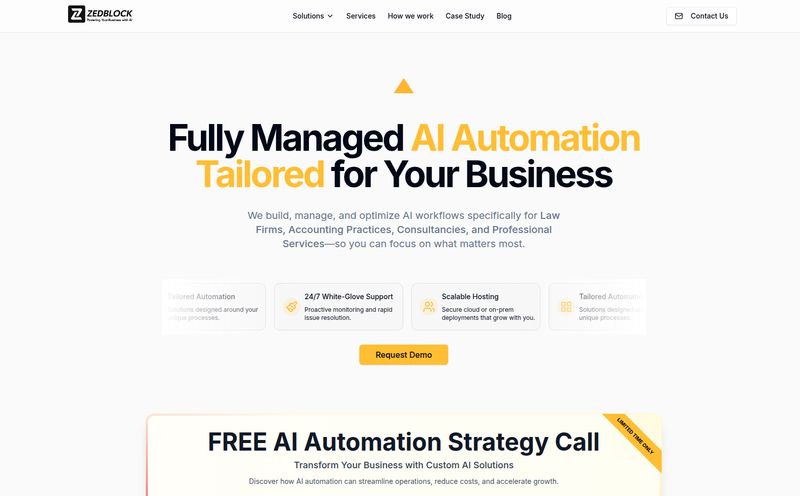Let’s have a little chat. You and me. As someone who’s been in the SEO and digital marketing trenches for years, I've seen a lot of tools come and go. Some are revolutionary, most are just noise. But we all have that one task on our to-do list that feels like wrestling an octopus. For me? It’s often user research.
Oh, the joy of it. The endless back-and-forth emails trying to find a time that works across three different time zones. The awkward no-shows that leave a 30-minute hole in your calendar. The hours spent transcribing interviews, trying to decipher mumbled words while your coffee goes cold. It’s critical, we all know that. Getting real customer insights is the secret sauce for everything from CRO to content strategy. But man, is it a slog.
So when I stumbled upon a tool with the tagline, “User research while you sleep,” my cynical-veteran-marketer-senses started tingling. The tool is called AnswerTime, and it promises to delegate your user interviews to an AI. An AI agent that asks questions, probes for deeper answers, and keeps the conversation on track. All on autopilot.
Is it too good to be true? Or is this the assistant I've always wanted? I had to find out.
So, What Is AnswerTime, Really?
Think of it this way: instead of scheduling a dozen separate Zoom calls, you create a single research brief. You define your questions, your goals, what you need to learn. Then, you send a simple link to your participants. From there, the AI takes over. It’s not just a fancy Typeform survey. This is an interactive experience.
The AI engages each person in a one-on-one, text-based conversation, but asynchronously. That means your participant in London can answer questions on their lunch break, while your user in California can chime in after putting the kids to bed. No scheduling, no time zone math. It’s like having a team of tireless junior researchers working around the clock, gathering intel for you. It's an interesting shift from the live, synchronous interviews we're all used to.
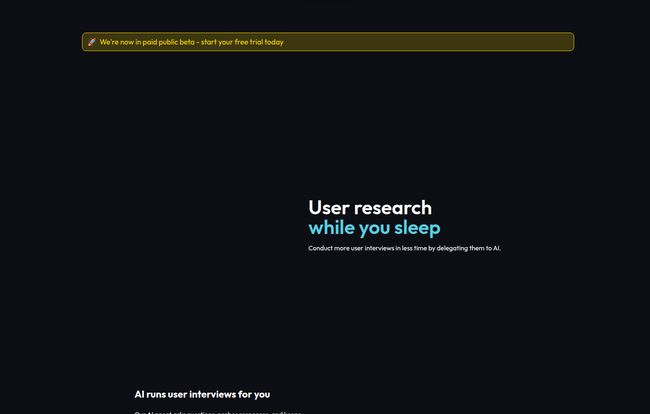
Visit AnswerTime
The Old Way vs. The AnswerTime Way
I’ve always felt that the biggest barrier to consistent user research isn't budget; it's bandwidth. It's the sheer human effort required. You might spend a whole day and only manage to talk to three or four people. It’s just not scalable, especially for smaller teams or solo consultants.
AnswerTime flips that script. It lets you run interviews like you’d run a survey—gathering insights from multiple people at the same time. The promise is completing your discovery phase in hours, not weeks. For anyone who's ever had a product launch delayed because you were waiting on user feedback, that’s a pretty compelling idea.
The Things I Genuinely Like
After playing around with it, a few things really stood out. First, the efficiency is undeniable. The thought of setting up a brief and waking up the next morning to a folder full of transcribed interviews is… well, it’s pretty great. The platform provides full transcripts of every conversation, which immediately eliminates one of the most tedious parts of the process. No more paying for Otter.ai just for this one task.
I also appreciate the focus on participant convenience. The easier you make it for people to give you feedback, the more thoughtful and higher quality that feedback tends to be. No pressure, no being on the spot. And as a bonus for those of us working with European audiences, it's GDPR compliant by default, which is one less thing to worry about.
Let’s Be Real: The Potential Hiccups
Okay, it's not all sunshine and automated rainbows. I'm a professional, and that means looking at the other side of the coin. AI is powerful, but it’s not human. At least not yet.
Can an AI Really Read the Room?
My biggest question mark is around nuance. A skilled human interviewer can pick up on a hesitant pause, a subtle shift in tone, or the excitement in someone's voice. They can go off-script in an intuitive way that an AI, following its programming, might not. Some people might argue that you lose that magical, unquantifiable spark of human connection. And they're not wrong. I wouldn't use this for a super sensitive C-suite interview. But for gathering feedback on a new feature or understanding user pain points? The trade-off for speed and scale seems more than fair. Getting 80% of the insight from 20 people is often better than getting 100% of the insight from the two people you could actually manage to schedule.
The 'Garbage In, Garbage Out' Rule
This is probably the most important thing to understand. The quality of the insights you get from AnswerTime is directly proportional to the quality of the research brief you write. The AI is a brilliant executor, but it's not a mind reader. If your questions are vague or leading, the AI will ask them, and you’ll get vague or biased answers. You still need to be a sharp researcher to set it up for success.
What's the Damage? A Look at the Pricing
This is often the make-or-break moment for any new tool. I was pleasantly surprised here. The pricing structure is incredibly straightforward and, frankly, very accessible.
| Plan | Cost | What You Get |
|---|---|---|
| Free Trial | Free | One research brief, up to five participants, unlimited questions and answers. |
| Unlimited (beta) | £20.00 /mo | Unlimited research briefs, participants, questions, and answers. Cancel any time. |
The free trial is actually useful. It’s not one of those crippled trials where you can’t do anything. Five participants is enough to get a real feel for the process and see the quality of the output. The Unlimited beta plan at £20 a month is, in my opinion, a ridiculously good deal. I’ve paid more for stock photo subscriptions. For teams that want to make research a continuous habit instead of a once-a-quarter event, this price point is a no-brainer.
So, Who Is This For?
I see AnswerTime being a game-changer for a few specific groups:
- Product Managers & UX Designers: Who need to quickly validate ideas and gather feedback without derailing their sprint.
- Solo Founders & Startups: Who are wearing a dozen hats and simply don't have the time for traditional interviews.
- Marketing & Content Teams: Who want to do better persona research or test messaging without a huge logistical overhead.
It's for the doers. The people who know the value of customer-centricity but are constrained by reality. It's a tool that democratizes user research, taking it out of the exclusive domain of companies with massive research departments.
FAQs About AnswerTime
- 1. What exactly is AnswerTime?
- AnswerTime is an AI-powered platform that automates user interviews. You create a research brief, send a link to participants, and an AI agent conducts text-based, asynchronous interviews to gather customer insights for you.
- 2. How does the AI interviewer actually work?
- The AI agent asks the questions you've defined in your brief. Based on the participant's answers, it can ask clarifying follow-up questions and probe for more detail, all while keeping the conversation focused on your research goals.
- 3. Can AnswerTime completely replace human interviewers?
- In my opinion, no, not for everything. For deep, sensitive, or highly strategic conversations, a skilled human is irreplaceable. But for scalable, efficient feedback on specific features, pain points, or ideas, it's a fantastic and powerful alternative.
- 4. Is AnswerTime compliant with data privacy regulations?
- Yes, the platform is GDPR compliant by default, making it a secure choice for conducting research with participants from around the world, including the EU.
- 5. How much does AnswerTime cost?
- There is a free trial that lets you interview up to five people. The paid plan, currently in beta, is £20.00 per month for unlimited everything, and you can cancel at any time.
- 6. What kind of research is this tool best for?
- It excels at discovery research, feature validation, persona development, and gathering feedback on user pain points. Any scenario where you need quality insights from multiple people without the logistical nightmare of scheduling live calls.
Final Thoughts
AnswerTime isn't just another tool; it feels like a genuine shift in how we can approach a fundamental business task. It removes the friction—the stuff we all hate—from user research. While it won't replace the art of a deep, human-to-human conversation, it brilliantly handles the 80% of research tasks that just need to get done. It makes continuous discovery not just a buzzword, but an actual, achievable reality for teams of any size.
For £20 a month, the question isn't really “can you afford it?” but rather, “can you afford to keep spending all that time on scheduling?” I know my answer.
Reference and Sources
- AnswerTime Official Website: While I couldn't find a direct URL in the info, readers should search for "AnswerTime AI user research" to find the official platform.
